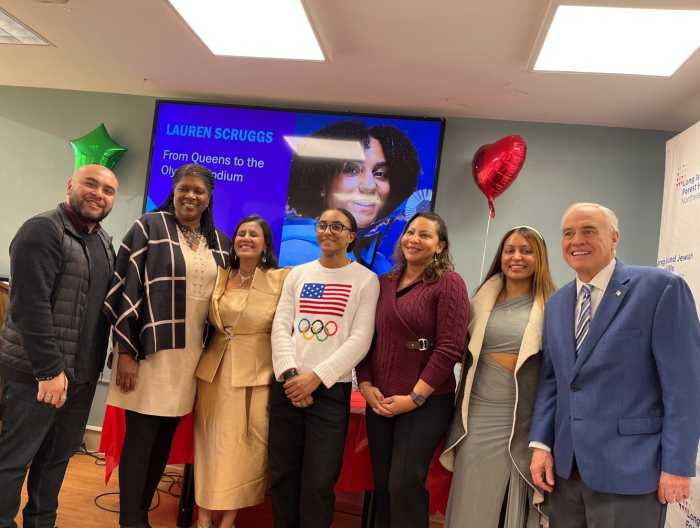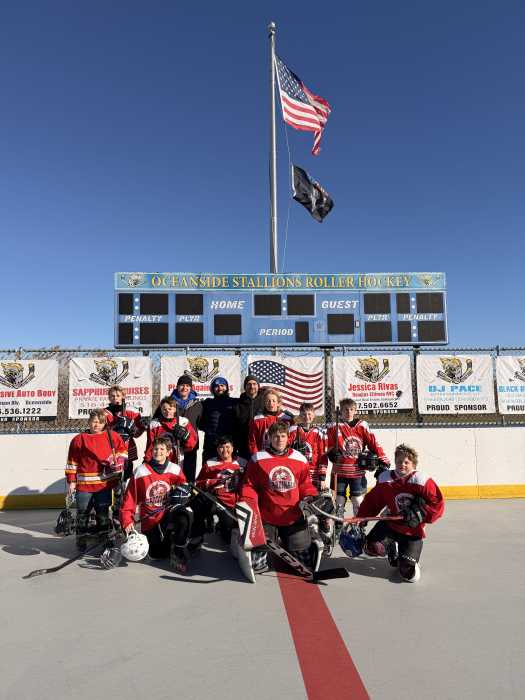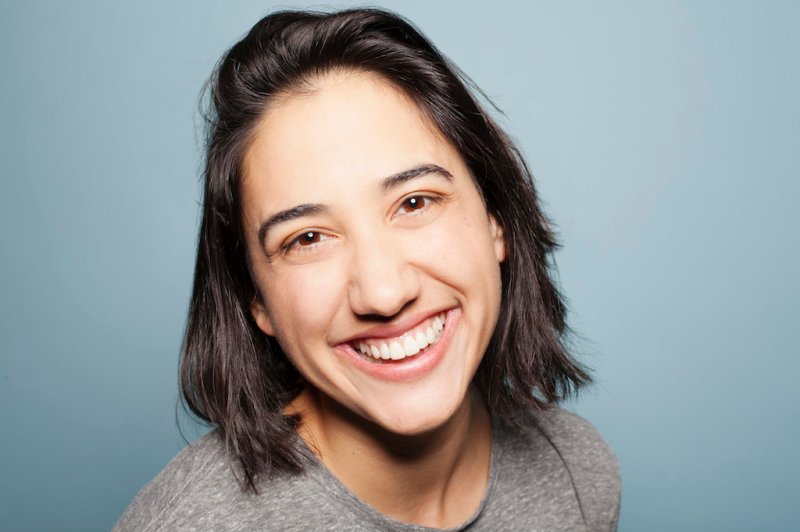On a recent Thursday afternoon, a dozen girls clambered out of a boat. Their coach timed them to see if they could get themselves and their oars back in their boathouse in Flushing Meadows-Corona Park in less than two minutes. They succeeded.
And although they were only in middle school and new to the sport, the girls knew where they were going. “I would definitely want to row in college,” said Maria Valencia, 14, an eighth grader at the Young Women’s Leadership School in Astoria.
This isn’t your stereotypical rowing team. For one thing, Meadow Lake, on which they were practicing, is situated at the intersection of the Grand Central Parkway and the Long Island Expressway. For another, the girls are a diverse group.
“When we first started going to races outside of New York City, people would sort of do a double take like, ‘Who’s that? Why don’t they look like the rest of us?’” said Amanda Krause, who founded and runs Long Island City-based Row New York, the nonprofit organization that got these girls rowing. “They would literally come up to us, the coaches, and ask, ‘Who are you guys? Where did you come from?’”
The world of women’s crew has seen major change – and growth – especially as the sport finds itself in a sweet spot for influencing college admissions and scholarship awards. And the game is itching for new players. On June 4, the American governing body for the sport sponsored a National Learn to Row Day.
Row New York, which offers free coaching in rowing and academics to girls in the city, exemplifies both the trend and the rough waters along the way.
The group, which holds winter practices at the Flushing YMCA, recruits in city schools with low graduation rates and high numbers of students who qualify for a free lunch. At tryouts this past fall, 400 girls competed for about 50 spots.
There’s coaching off the water too, in school subjects, test prep and the college-admissions process. So far it’s been successful: 100 percent of Row New York’s graduates have gone on to college. Many of them were recruited for rowing, and received scholarships.
The program is free. Row New York is funded by donations, including more than $300,000 from the Mildred Anna Williams Fund, an endowment administered by the New York Community Trust that aims to help disadvantaged girls. (Girls from families that make more than $100,000 a year are also welcome to try out, but they pay a fee to participate.)
The perception of rowing as an elite sport is not without reason, but it wasn’t always that way. Richard Butler, who is in charge of increasing the sport’s diversity on behalf of US Rowing, the national participants’ organization for crew, notes that competitive rowing grew out of the transportation and hauling industries. Through the 19th Century, rowing was a blue-collar occupation. But when commerce moved out of the water and onto the road, rowing became a leisure activity.
With increased financial incentives for innovation in a higher-class sport, boats got faster – and more expensive. Krause said that a new eight-person boat – “a Jetta, not a Mercedes” of a craft – costs around $30,000. That doesn’t include coaches, safety equipment, launches, engines, water access or a boathouse.
The separation of the sport and the working class trickles down to the girls who work with Row New York. Before the coaches came to speak in their schools, many of the girls had never even heard of rowing. The paraphernalia of crew ¬– the boats, the barges, and the indoor practice machines, called ergs – were foreign to them.
“The first time I rowed it was exciting but it was embarrassing too, because I thought the machines would move and they didn’t,” said Gislaine Garcia, 12, who started in the program this year.
Beyond questions of equality, rowing promoters have incentive to reach girls like Gislaine – it’s good for the sport.
“We want the best athletes in America, but in the past we have limited our pool of athletes,” Butler said. “By increasing the number of people exposed we also increase our talent pool.”
Rowing is not an NCAA championship sport for men, but it has been one for women since the 1996-1997 academic year. That means women’s rowing teams can be a boon to schools that need to satisfy federal Title IX requirements, so the sport is growing fast at colleges.
“The number of quality high school rowers hasn’t really yet caught up with the number of opportunities out there,” said Bill Zack, president of the Collegiate Rowing Coaches Association.
“People understand that rowing is an extracurricular activity that can help you get into college,” he added.
So while Gislaine is only in seventh grade, she knows where rowing might take her. One wall of the 46th Avenue offices of Row New York is plastered with worksheets the girls have filled out, outlining goals. Gislaine said she wants to travel and learn a dozen languages – and get one of those rowing scholarships.
“I want to get into a good college in the future. I want to study hard. I want to get a scholarship, a full scholarship if it’s possible. I wouldn’t be thinking about all the money I have to raise, it would be just study, study hard,” she said.
Her teammate, Maria Valencia, agrees.
“I can apply it to other things in my life, like if I can row a 500 and go through all that pain, I can stay up an extra 20 minutes and finish an essay,” Maria said.
Then she paused, not thinking of distance rowed or homework to do. The best thing about rowing, she said, has nothing to do with either of those things.
“When you’re out on the water, you have this sense of peace.”
































